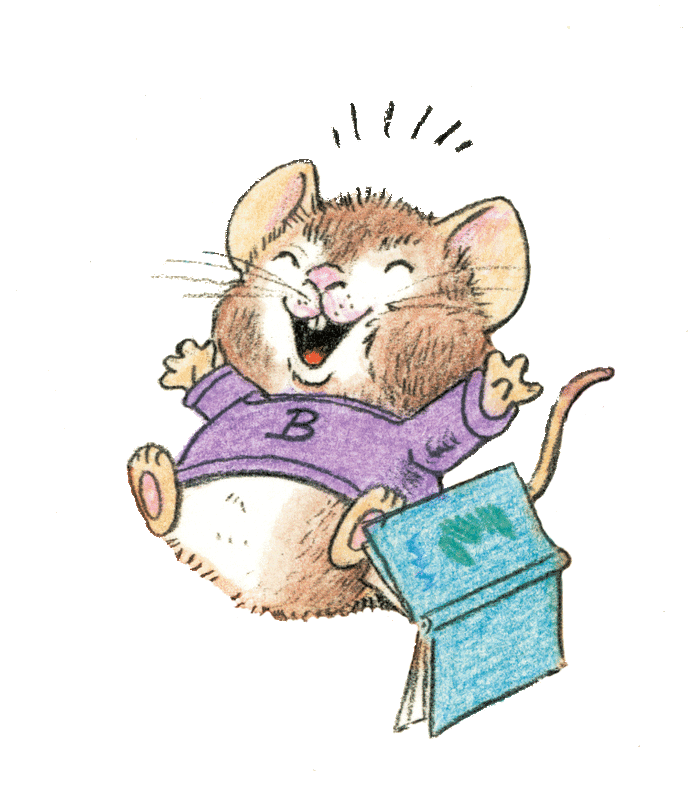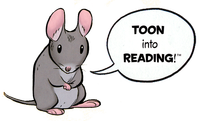“Like most humans, I am hungry…our three basic needs, for food and security and love, are so mixed and mingled and entwined that we cannot straightly think of one without the others. So it happens that when I write of hunger, I am really writing about love and the hunger for it…”
― M.F.K. Fisher
Everybody likes to eat. Children are no exception. But kids have a special relationship to food that adults seem to lose. Some are picky eaters, others sugar fiends. Some will make scrumptious pies from mud and flowers, others will pour invisible tea to eat with their invisible pastries. Some, like TOON’s own Maya of Maya Makes a Mess, like to eat spaghetti with ketchup, using their hands, mouths and appetite to guide the way.
Children’s books do not ignore these facts. Many favorites, both classic and modern, revolve around food — there’s Alice in her Wonderland, illustrated classics like Stone Soup and Strega Nonna, and many more.
Sometimes, food paves the road to disaster. Children who eat too much or who are overly tempted by the prospect of food (as in Hansel and Gretel) usually end up in a bad place.
The perils of gluttony are perhaps best described in Shel Silverstein’s poem “Hungry Mungry,” the cautionary tale of a boy who just can’t stop eating. After finishing with food, he eats the table, his parents, cities and countries, when he gets to the universe:
He started with the moon and stars and soon as he was done
He gulped the clouds, he sipped the wind and gobbled up the sun.
Then sitting there in the cold dark air,
He started to nibble his feet,
Then his legs, then his hips
Then his neck, then his lips
Till he sat there just gnashin’ his teeth
‘Cause nothin’ was nothin’ was
Nothin’ was nothin’ was
Nothin’ was left to eat.

The Twits eat like twits
An eternally empty stomach isn’t the only problem that comes of greed. Let’s turn to Roald Dahl, whose books are populated not only by unlikely heroes, but by wicked, nasty children who just want to get their way. All of Dahl’s books are crammed full of food, from the delicious overgrown fruit of James and the Giant Peach, to the monstrous chocolate cake in Matilda that Bruce Bogtrotter is famously made to consume, but it’s Charlie and the Chocolate Factory that puts food, hunger and appetite at the center of its story. But of course, even in Willy Wonka’s magical factory, tasty-seeming treats can be more deadly than delicious. Remember Violet Beauregard?
Not everyone is lucky enough to have pots and pots of honey at hand. In some children’s books, food is an unimagined luxury, the stuff of dreams. In Frances Hodgson Burnett’s A Little Princess, plucky heroine Sara Crewe, after her slide from student to scullery maid, is often hungry. One day, when mistaken for a beggar, she takes the coin and buys six buns. But upon seeing a girl hungrier even than she, she gives away five of them to her. She tries to make the final bun last:
Sara found some comfort in her remaining bun. At all events, it was very hot, and it was better than nothing. As she walked along she broke off small pieces and ate them slowly to make them last longer.
“Suppose it was a magic bun,” she said, “and a bite was as much as a whole dinner. I should be overeating myself if I went on like this.”
Later, her friend Ermengarde brings her a box full of cake and meat pies and other food items. The two girls, plus Becky, another maid, set out the food, using scraps from their attic to set the table, and imagining a feast far grander than their own:
So Sara told her, and because her Magic helped her she made her ALMOST see it all: the golden platters–the vaulted spaces– the blazing logs–the twinkling waxen tapers. As the things were taken out of the hamper–the frosted cakes–the fruits– the bonbons and the wine–the feast became a splendid thing.
But, the evil headmistress Miss Minchin breaks the party up before they even get a chance to eat. What Miss Minchin doesn’t anticipate is a different kind of magic, when her neighbor breaks into the attic and fills it with furnishings:
Imagine, if you can, what the rest of the evening was like. How they crouched by the fire which blazed and leaped and made so much of itself in the little grate. How they removed the covers of the dishes, and found rich, hot, savory soup, which was a meal in itself, and sandwiches and toast and muffins enough for both of them. The mug from the washstand was used as Becky’s tea cup, and the tea was so delicious that it was not necessary to pretend that it was anything but tea. They were warm and full-fed and happy, and it was just like Sara that, having found her strange good fortune real, she should give herself up to the enjoyment of it to the utmost. She had lived such a life of imaginings that she was quite equal to accepting any wonderful thing that happened, and almost to cease, in a short time, to find it bewildering.
We should not forget that food is also fun. Here, we’ll turn to Maya again, whose panache at the dinner table wins over the queen herself.
TOON’s looking forward to Thanksgiving.




